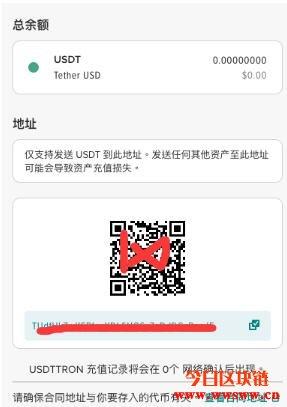
Understanding ETC, ETH, and Poloniex: A Comprehensive Guide
When diving into the world of cryptocurrencies, it’s essential to familiarize yourself with key terms and platforms. In this article, we’ll explore Ethereum Classic (ETC), Ethereum (ETH), and Poloniex, providing you with a detailed and multi-dimensional introduction.
Ethereum Classic (ETC)
Ethereum Classic (ETC) is a decentralized blockchain platform that enables smart contracts and decentralized applications (DApps). It was created as a result of the Ethereum hard fork in 2016, which led to the split of the Ethereum network into two separate chains: Ethereum (ETH) and Ethereum Classic (ETC).

Here are some key points about Ethereum Classic:
- Blockchain Consensus: ETC uses the Proof of Work (PoW) consensus mechanism, similar to Bitcoin. Miners validate transactions and secure the network by solving complex mathematical puzzles.
- Smart Contracts: ETC supports smart contracts, allowing developers to create and deploy decentralized applications. These contracts automatically execute code when predetermined conditions are met.
- Token Symbol: The native token of Ethereum Classic is ETC.
Ethereum (ETH)
Ethereum (ETH) is a blockchain platform that enables smart contracts and decentralized applications. It was created by Vitalik Buterin and launched in 2015. Ethereum has become one of the most popular and widely used blockchain platforms in the cryptocurrency space.
Here are some key points about Ethereum:
- Blockchain Consensus: Ethereum initially used the Proof of Work (PoW) consensus mechanism, similar to Bitcoin. However, it has transitioned to Proof of Stake (PoS) with the Ethereum 2.0 upgrade, aiming to improve scalability and energy efficiency.
- Smart Contracts: Ethereum supports smart contracts, allowing developers to create and deploy decentralized applications. These contracts automatically execute code when predetermined conditions are met.
- Token Symbol: The native token of Ethereum is ETH.
Poloniex
Poloniex is a cryptocurrency exchange platform that allows users to trade various cryptocurrencies. It was launched in 2014 and has become one of the most popular exchanges in the industry. Poloniex offers a wide range of trading pairs, advanced trading features, and a user-friendly interface.

Here are some key points about Poloniex:
- Trading Pairs: Poloniex offers over 200 trading pairs, including major cryptocurrencies like Bitcoin, Ethereum, and Litecoin, as well as altcoins and tokens.
- Trading Features: The platform provides advanced trading features, such as margin trading, futures trading, and lending/borrowing services.
- User Interface: Poloniex has a user-friendly interface that is easy to navigate, making it accessible for both beginners and experienced traders.
Comparing ETC, ETH, and Poloniex
Now that we have a basic understanding of ETC, ETH, and Poloniex, let’s compare these three entities in a table format:



